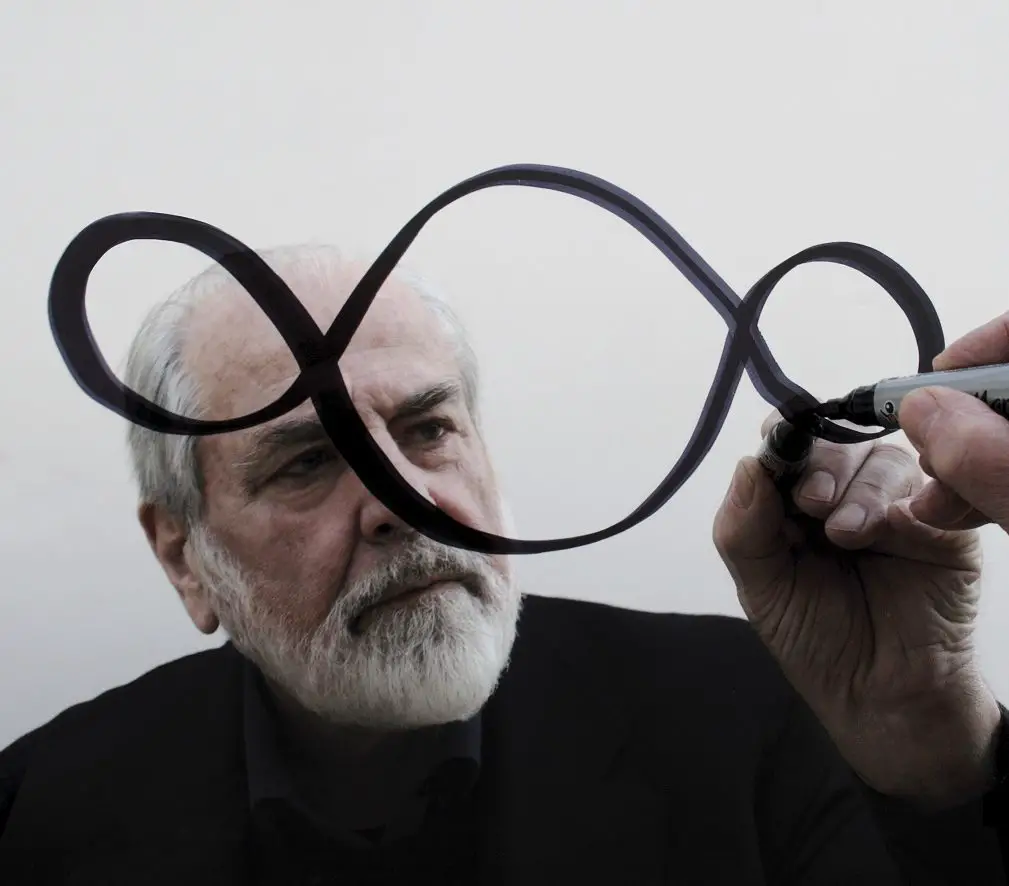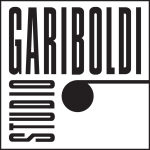Michelangelo Pistoletto (Biella, 1933) is one of the most important contemporary Italian artists. His artistic career has been marked by continuous experimentation and the search for new expressive forms. He began exhibiting in 1955, and in 1960 held his first solo show at the Galleria Galatea in Turin. One of his most significant and well-known bodies of work is the Mirror Paintings, created between 1961 and 1962.
Pistoletto was, together with Giovanni Anselmo, Piero Gilardi, Gilberto Zorio, and Giuseppe Penone, a key figure in Arte Povera, an artistic movement that challenged traditional conventions by using simple, everyday materials. Between 1965 and 1966, he produced a series of works titled Minus Objects, considered a fundamental contribution to the birth of the movement.
Throughout his career, Michelangelo Pistoletto has continued to explore new ideas and experiment, collaborating with artists from various disciplines and sectors of society. One notable collaboration was with Gianni Milano, a poet, writer, and teacher active in the cultural scene of Turin since the 1960s. Gianni Milano was a member of the theatrical community Lo Zoo, founded by Pistoletto in 1968 — an interdisciplinary collective that brought together visual artists, musicians, actors, and performers, aiming to break down the boundaries between art, everyday life, and society.
In 1978, Pistoletto marked a crucial stage in his artistic research by presenting two key concepts: Division and Multiplication of the Mirror and Art Takes on Religion. With Division and Multiplication of the Mirror, the artist reflected on the power of the mirrored image as a metaphor for the fragmentation and reconstruction of identity, as well as a relational device between the artwork, space, and viewer. In this process, the mirror is no longer just a reflective surface, but an active element that breaks down and multiplies reality, opening up new perceptual and interpretative possibilities.
Art Takes on Religion, on the other hand, signals the beginning of a broader reflection on the role of art as a spiritual and symbolic force, capable of adopting — and transforming — the language and function of religion in a contemporary context. This was not about adhering to any specific creed or dogma, but about recognizing in art an ethical and ritual potential, capable of generating meaning and cohesion within society.
In the following years, Pistoletto continued to experiment with new materials and languages, including rigid polyurethane sculptures and works related to the concept of the Art of Squalor, focusing on decay and the aesthetics of waste as forms of critical awareness.
In the 1990s, he launched the Progetto Arte (Art Project) and founded Cittadellarte – Fondazione Pistoletto, with the goal of actively connecting art with all areas of society, promoting responsible and sustainable transformation of the social, economic, and cultural fabric.
In 2003, Michelangelo Pistoletto received the Golden Lion for Lifetime Achievement at the Venice Biennale, a recognition of his significant contribution to contemporary art. He has continued to receive numerous awards and honors for his work, including the Praemium Imperiale for painting in 2013.
Today, Michelangelo Pistoletto lives and works in Biella, where Cittadellarte is based. This center, established in a former industrial complex, represents the beating heart of his activity: a permanent laboratory for artistic and social experimentation and planning, where art engages daily with politics, economics, education, spirituality, and the environment.

© GBOPERA


